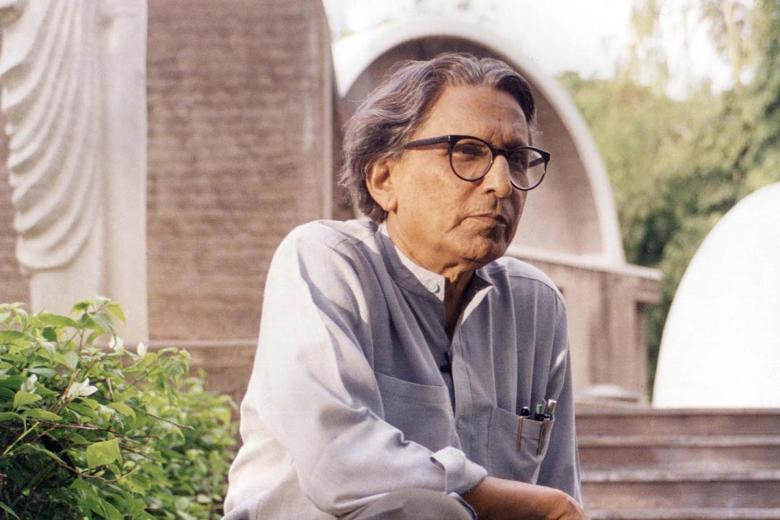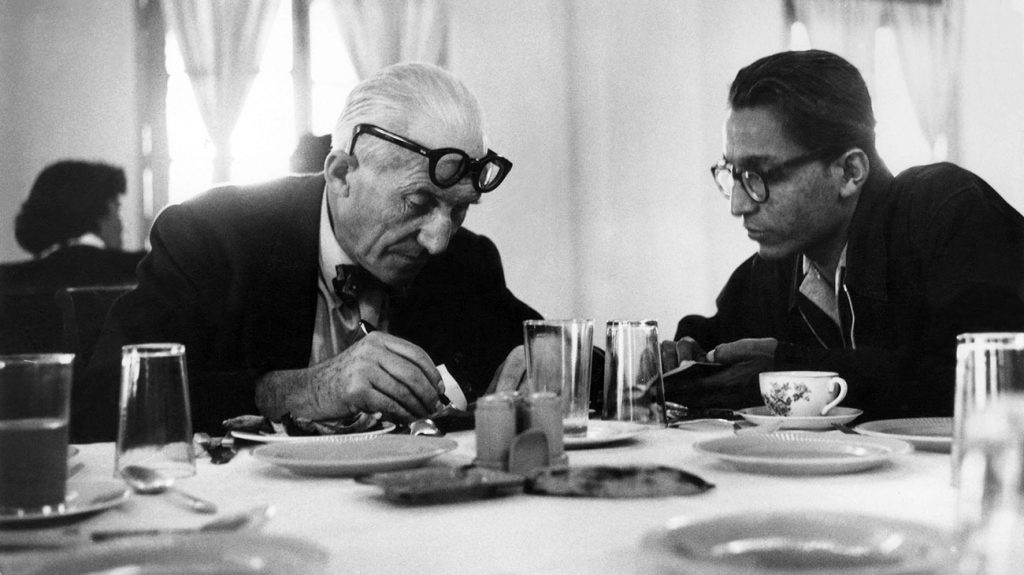PA2
Architecture from its actors

Balkrishna Vithaldas Doshi
Once, Dr. Doshi was asked “what is design?”, and he answered:
“Design is nothing but… A humble understanding of materials; a natural instinct for solutions; and you know what is the most important thing which describes design? Can you see that peacock over there? It is living harmoniously within the campus I designed.”
Dr. Doshi was born in Pune, India in 1927. He studied architecture in Bombay, and after that, he finished his studies he went to Europe, to work in Le Corbusier’s studio in Paris, between 1951 and 1954.
Afterwards he returned to India to supervise Le Corbusier’s project the Palace of Justice of Chandigarh, and the Capitol in the same city. He also collaborated with Louis Kahn in the building of the Indian Institute of Management.

He is known for using vernacular Indian architecture elements in his designs, and the social impact they were build for.
In the first stage of his career he was very influenced by the brutalism of Le Corbusier, and the formal character of Louis Kahn; but then, he deepened into the Indian architecture, and by mixing the essence of all this, he finally accomplished to create a style of his own.
Balkrishna Vithaldas Doshi, is known for his close relationship with education, as he was the founder of the school of Architecture, Planning and Environment Technology, Visual Arts and the Center Kanoria for the University of Ahmedabad. He also was the first director of the school of Architecture, between 1962 and 1972. He has also taught in several universities in Europe and United States ever since 1958.

PA2. Phase 2
“I want to be and architect” By Alberto Campos Baeza
Reading comprehension
This little book written by an architect and professor specifies several advices for studying architecture, and then becoming an architect.
I felt touched by looking at the drawings that accompany the text; and inspired by the advice that he gives by saying that architecture is a career that pays in many more ways than just money.
I was also thrilled by the recommendations of drawing, photographing, thinking, writing and reading.
The paragraph “Future” encouraged me, as it suggests the possibilities of development as one finishes university.
Personally I would like to work for a medium size studio as i finish my studies, and after some years start a studio of my own, and work only in projects which I find interesting, particularly in housing, cultural buildings such as schools, libraries, museums, etc, and public space.